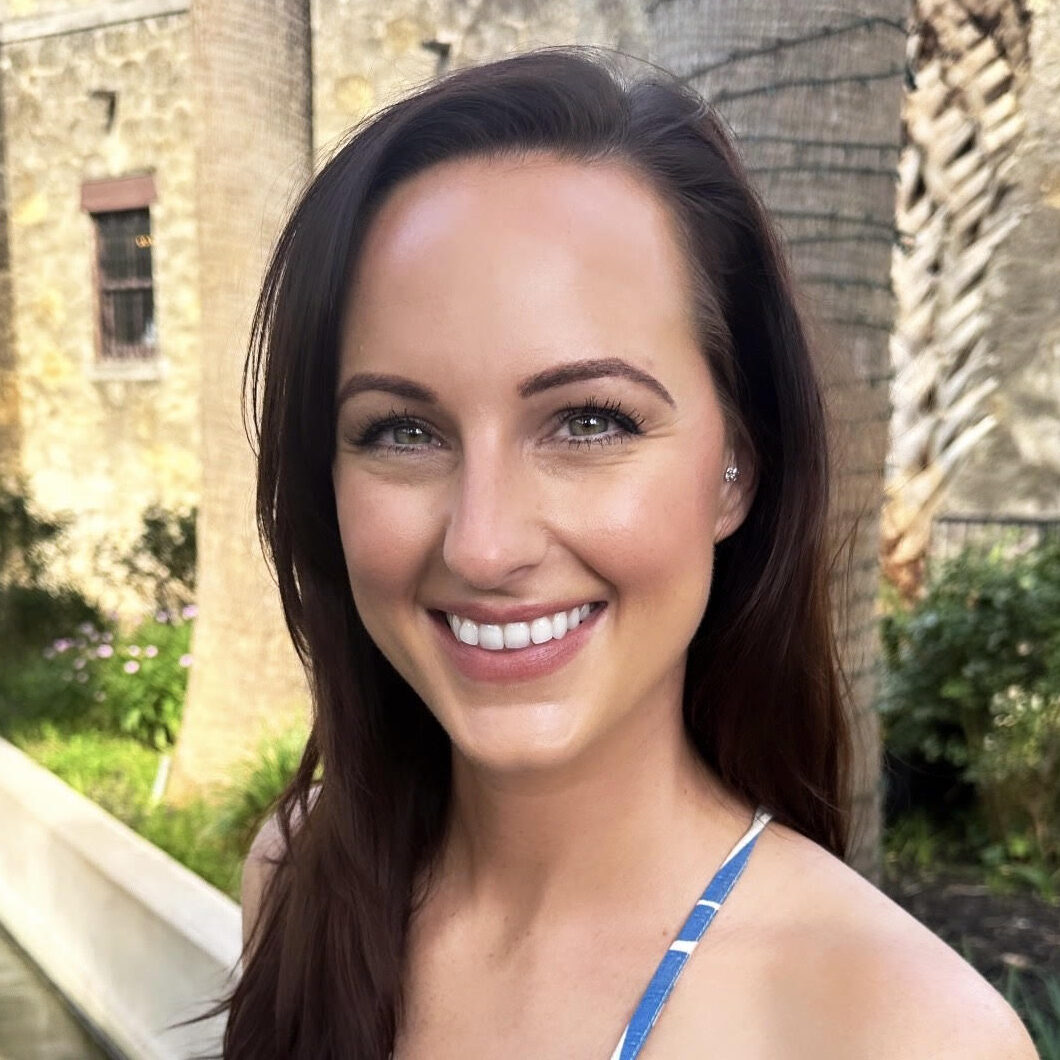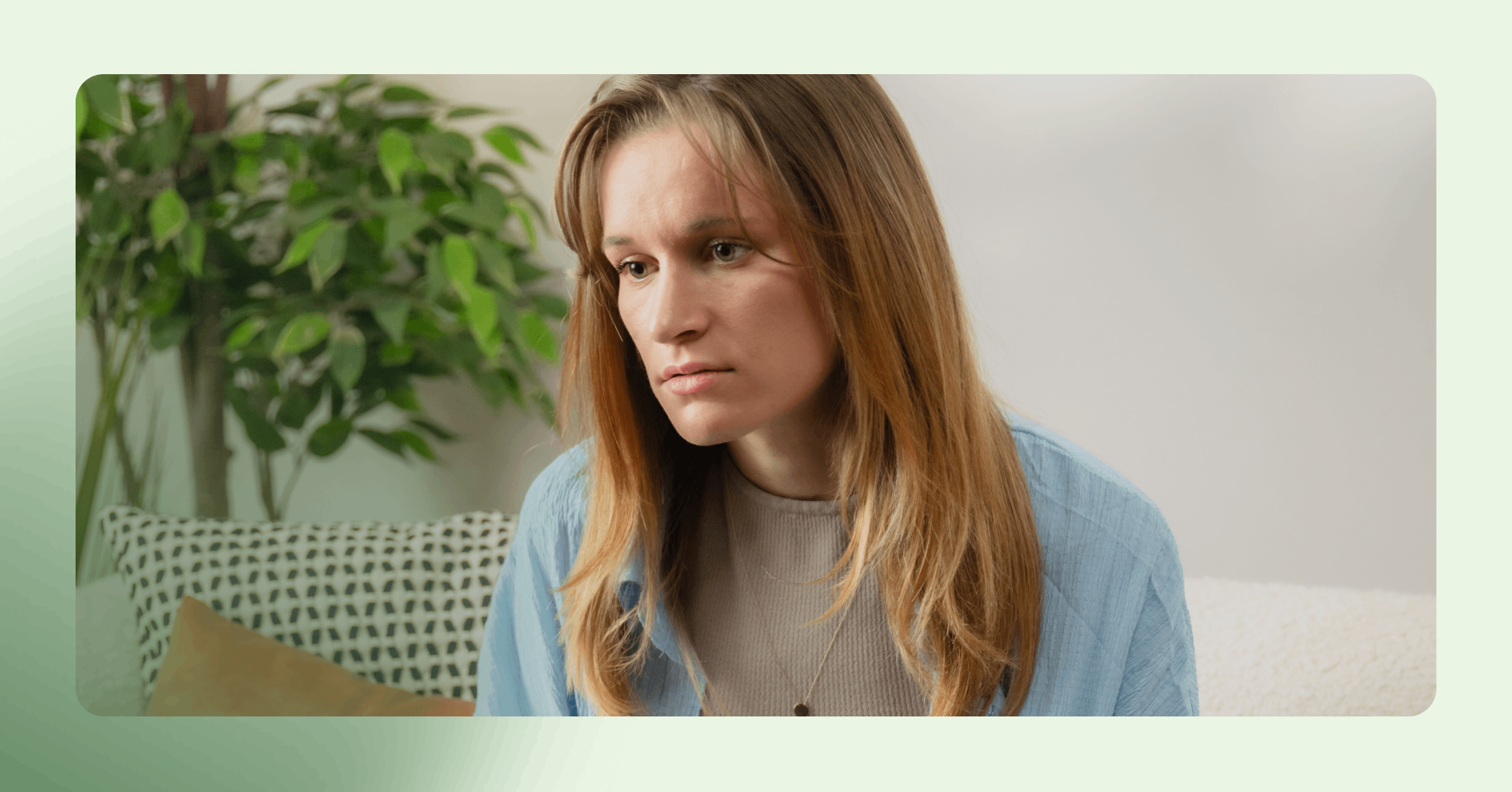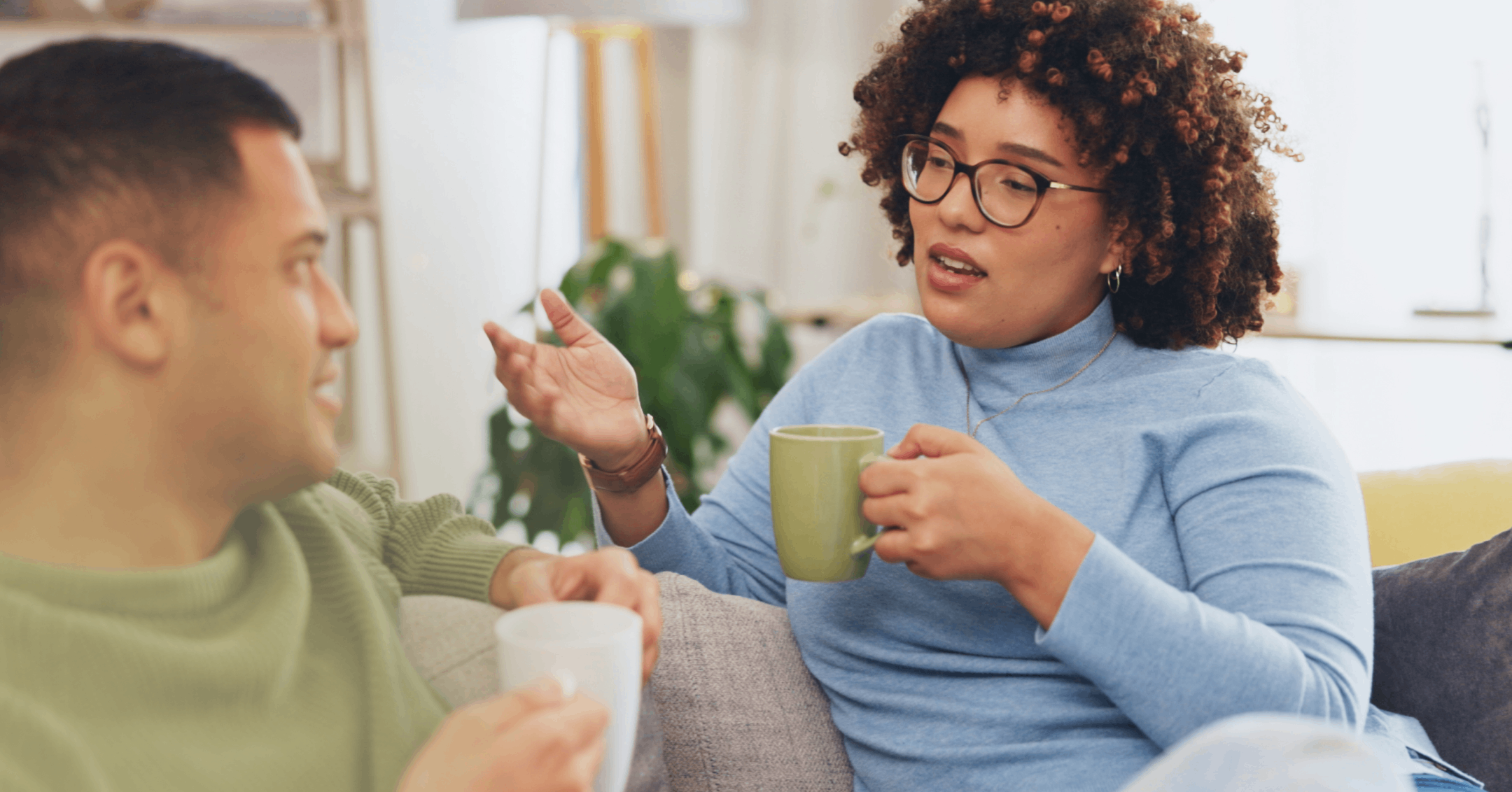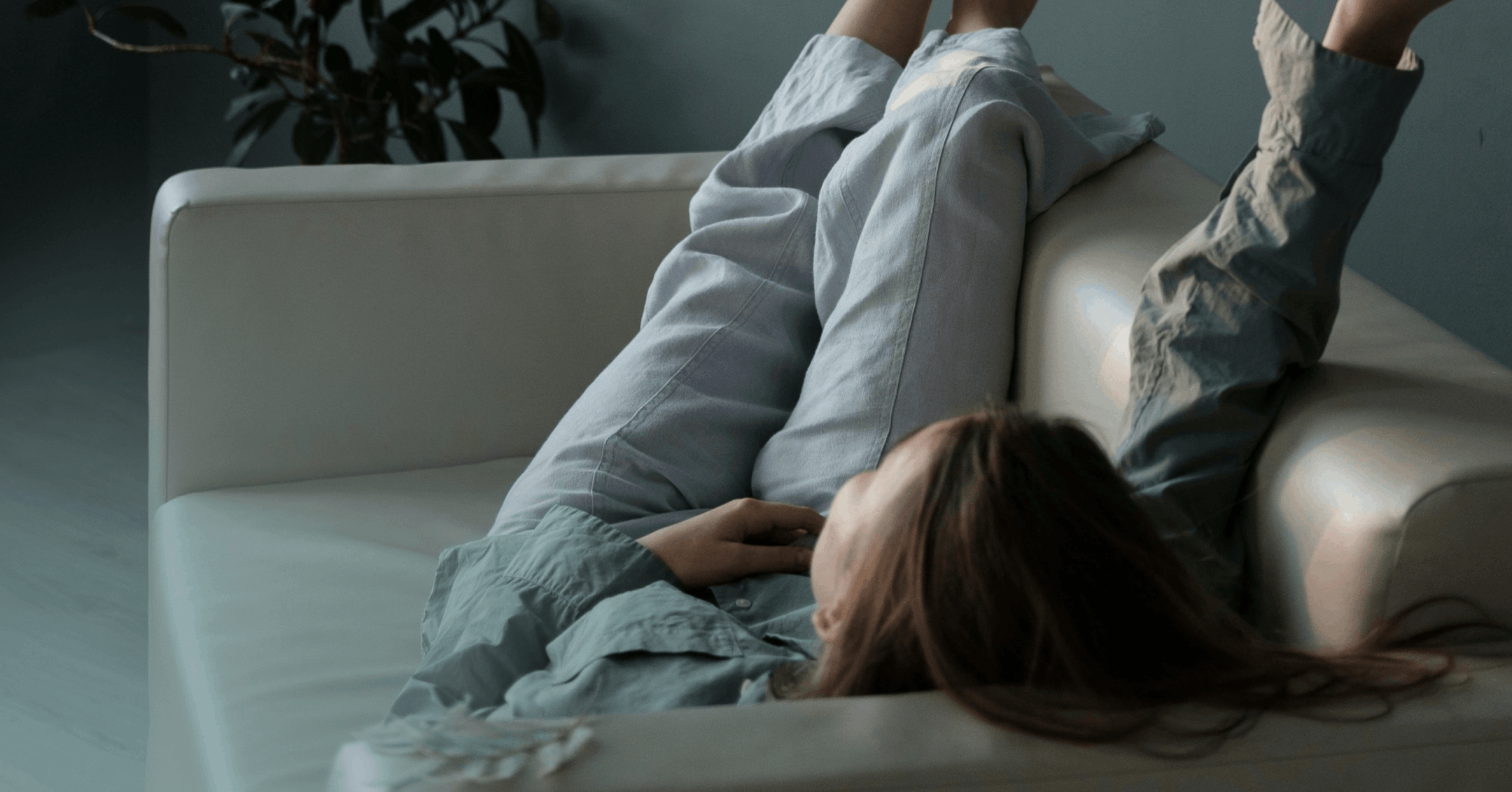Specific phobias are serious mental health conditions that occur when a fear becomes so severe that it disrupts your day-to-day activities.
You can develop a phobia of any object or situation, but common categories include animal phobias, phobias related to blood and injections, and phobias related to nature.
Treatment can help you overcome specific phobias, and over 90% of people find relief from their symptoms with therapy.
You’ve probably heard the term “phobia” used to refer to an intense fear. For example, someone might say they have a phobia of heights or insects. We use this term casually, but, in reality, phobias are much more than just ordinary fears. Phobias — officially known as specific phobias — are clinical mental health diagnoses that can have a severe impact on your day-to-day life and functioning.
Although most people have at least one irrational fear, true phobias are less common. In fact, less than 10% of Americans report having a specific phobia in the last year. If you believe your fear meets the criteria for a phobia, know that you’re not alone and treatment can help you learn to manage your fears.
Specific phobias
A specific phobia is a type of anxiety disorder that’s recognized in the Diagnostic and Statistical Manual of Mental Disorders (DSM), the text mental health professionals use to make diagnoses and treatment decisions. Broadly, a specific phobia is diagnosed when someone has such a severe fear of a place, thing, or situation that it impacts their day-to-day functioning.
You might wonder: What’s the difference between a fear and a phobia? A specific phobia is much more than just a fear. Most people have fears, but a phobia is when your fear is so severe that it affects your daily life and functioning.
Symptoms of specific phobias
You may have a specific phobia if:
You experience severe and disproportionate fear of a situation, place, or object.
You feel this fear almost 100% of the time when you encounter the feared object or situation.
You try to avoid the feared thing at all costs. If you have to come face to face with it, you can only get through it with intense distress.
Your fear can’t be explained by context or your culture.
You’ve experienced this fear for at least six months.
The fear is disrupting your life. For example, it may be getting in the way of your relationships, work life, or mental health.
A mental health professional will diagnose you with a specific phobia when you experience these symptoms about any object, person, place, or situation. Regardless of what you’re afraid of, the diagnosis and treatment are the same.
Note: On top of the diagnosis of specific phobia, there is another “phobia” diagnosis: agoraphobia. Agoraphobia causes a severe fear of places that you fear you won’t be able to escape from and often causes people to become too afraid to leave their homes. Even though it has “phobia” in its name and shares many characteristics with specific phobias, agoraphobia is its own separate condition.
In addition, social anxiety disorder was formerly known as “social phobia.” But social anxiety disorder is also distinct from specific phobias.
The care you need, when you need it
Learn how Rula can support your mental health journey
Common types of specific phobias
You can develop a phobia of anything. People have reported phobias to everything from specific vegetables to certain colors. But generally, there are types of phobias that affect people more commonly. Although the DSM doesn’t list specific names of phobias, it has broken specific phobias up into five subtypes.
1. Animal
The animal-type specific phobia involves fear of animals and creatures, including:
Dogs (cynophobia)
Spiders (arachnophobia)
Snakes (ornithophobia)
Animals in general (zoophobia)
2. Situational
Situational-specific phobias involve the intense fear of specific situations, like:
Fear of flying (aerophobia)
Fear of being in an enclosed space, like an elevator (claustrophobia)
Fear of driving or riding in a car (amaxophobia)
Fear of being in the dark (nyctophobia)
3. Natural Environment
These phobias are the fear of things in nature or in situations that naturally occur in the environment. Some examples are:
Fear of heights (acrophobia)
Fear of water (hydrophobia)
Fear of thunder and lightning (astraphobia)
Fear of caves (speluncaphobia)
4. Blood, injection, or injury
These phobias revolve around the intense fear of things to do with blood and injury, including:
Dentists (odontophobia)
Blood (hemophobia)
Needles or injections (trypanophobia)
Bodily injury (traumatophobia)
5. Other specific phobias
Lastly, specific phobias that don’t fall neatly into any of the above four categories belong in the “other” subtype. This category includes a wide range of fears, including fears that have to do with bodily sensations but not specifically blood. Common examples include:
Vomiting (emetophobia)
Swallowing (phagophobia)
Clowns (coulrophobia)
Mirrors and reflections (eisoptrophobia)
Again, it’s important to remember that this isn’t a complete list of potential specific phobias. Any intense fear that meets the criteria of symptoms can be diagnosed as a specific phobia.
Causes of phobias
Many specific phobias start because of a negative experience with the feared thing. For example, a dog might have attacked you when you were a child, so you developed a fear of dogs or animals. Other people develop phobias after hearing or learning about a frightening event. For example, you might have read about a deadly plane crash and developed a phobia of flying.
However, it’s incorrect to say that these experiences are the direct and only cause of specific phobias. Otherwise, every person who’s been through these experiences would develop this condition. Rather, we can think of these negative experiences as one important risk factor for developing a phobia.
Like most other mental health conditions, there’s no singular cause of specific phobias. Other possible risk factors include:
Family history: Having a close relative with a specific phobia can increase your risk. Experts believe that this connection may be related to both genetics and learned behavior.
Brain structure: Like other mental health conditions, including anxiety, researchers have found that certain areas of the brain are activated in people with phobias.
Other mental health conditions: Living with other mental health conditions, including depression and anxiety, can put you at higher risk for developing a phobia.
Since phobias are often tied to an event that triggered a strong emotional reaction, it’s important to address those deep-seated feelings. The more we can shift the emotion or intensity behind a phobia, the better our body can respond when faced with them.

Ashley Ayala, LMFT
Clinical reviewer
Treatment for specific phobias
If you think your fear is actually a specific phobia, it’s important to get the right diagnosis as soon as possible. Diagnosis is the first step toward getting effective treatment. You can manage specific phobias, but they’re unlikely to go away on their own.
The most effective treatment for specific phobias is a type of cognitive behavioral therapy (CBT) called exposure therapy. This therapy approach helps you overcome your fears by teaching you how to face them head-on. People with specific phobias tend to avoid the source of their fear. Unfortunately, avoidance is a symptom of specific phobias, and giving in to the urge to avoid can make your anxiety worse.
Through exposure therapy, your therapist will help you gradually expose yourself to feared things or situations while providing you with tools to manage your anxiety response. Typically, you’ll start with lower-level triggers and work your way up. For example, if you have a phobia of dogs, you might start by listening to the sound of a dog barking in the distance.
Studies show that exposure therapy is highly effective for specific phobias, with up to 90% of people finding relief from their symptoms after completing treatment.
Find care with Rula
Life with specific phobias can become debilitating, but luckily, treatment for this condition is very effective. And Rula is here to help.
Rula has helped hundreds of thousands of patients find affordable, quality, in-network therapy. You can book your first session in just a few minutes and meet with a therapist via a convenient online appointment.
Rula's editorial process
Rula's editorial team is on a mission to make science-backed mental health insights accessible and practical for every person seeking to better understand or improve mental wellness.
Members of Rula’s clinical leadership team and other expert providers contribute to all published content, offering guidance on themes and insights based on their firsthand experience in the field. Every piece of content is thoroughly reviewed by a clinician before publishing.




